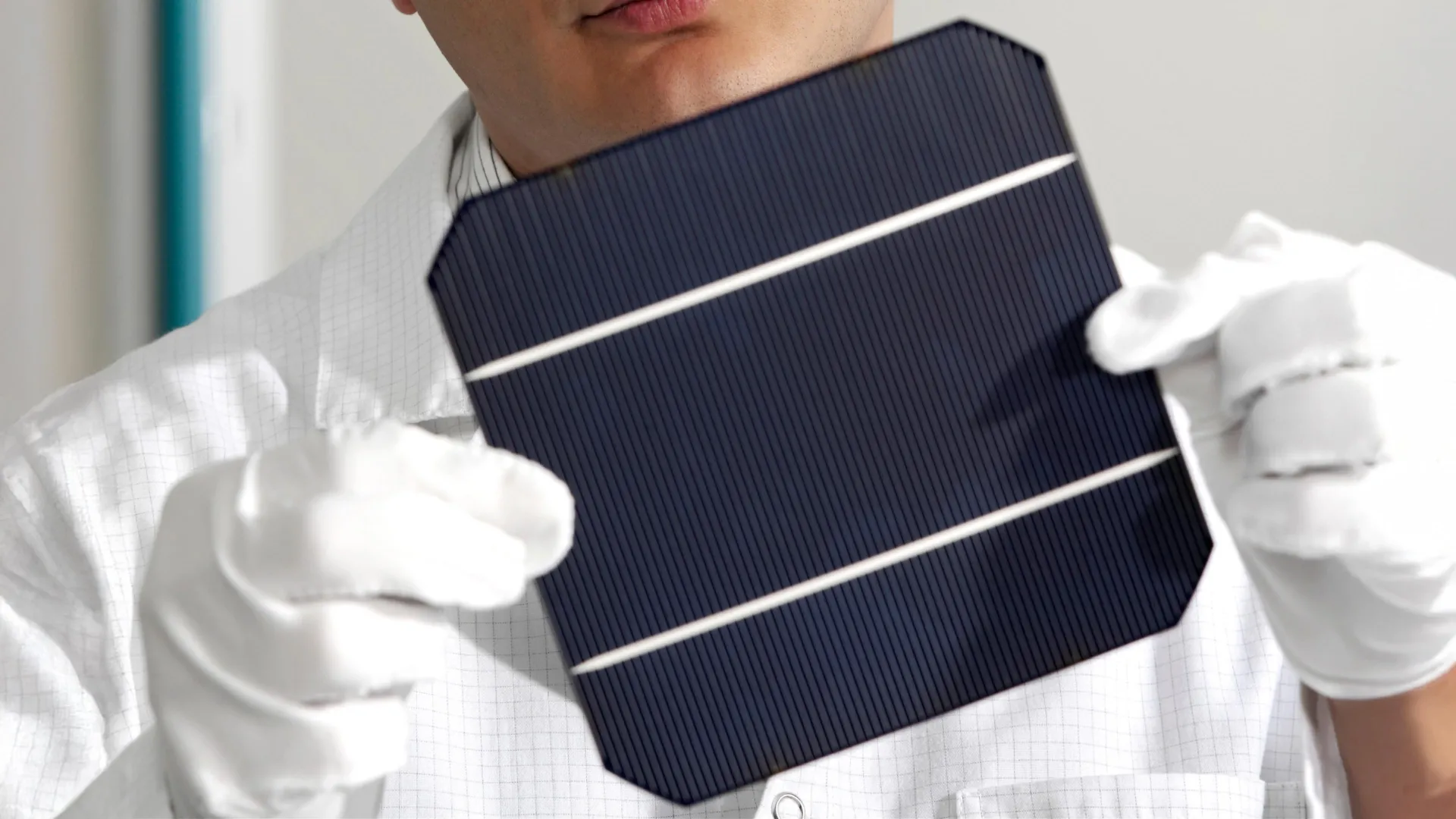New Nanotech Boosts Solar Cell Efficiency Over 10%
- Date:
- July 14, 2025
- Source:
- Hefei Institutes of Physical Science, Chinese Academy of Sciences
- Summary:
- Scientists in China have developed a precise method to grow titanium dioxide nanorod arrays with controllable spacing, independent of rod size. This innovation boosts solar cell efficiency by allowing light capture and charge movement to be fine-tuned.
- Share:

A research team led by Prof. Mingtai Wang at the Hefei Institutes of Physical Science of the Chinese Academy of Sciences has developed a finely tuned method for growing titanium dioxide nanorod arrays (TiO2-NA) with controllable spacing without changing individual rod size and demonstrated its application in high-performance solar cells.
Their findings, published in Small Methods, offer a new toolkit for crafting nanostructures across clean energy and optoelectronics.
Single-crystalline TiO2 nanorods excel at harvesting light and conducting charge, making them ideal for solar cells, photocatalysts, and sensors. However, traditional fabrication methods link rod density, diameter, and length -- if one parameter is adjusted, the others shift accordingly, often affecting device efficiency.
In this study, by carefully extending the hydrolysis stage of a precursor film, the team showed that longer "gel chains" assemble into smaller anatase nanoparticles. When the anatase film is subjected to hydrothermal treatment, those anatase nanoparticles convert in situ into rutile ones, serving as seeds for nanorod growth. The hydrolysis stage provides an effective way to control the rod density without altering the nanorod dimensions.
Using this strategy, they produced TiO2-NA films with constant rod diameter and height, even as the number of rods per area varied. When incorporated into low-temperature-processed CuInS2 solar cells, these films achieved power conversion efficiencies above ten percent, peaking at 10.44 percent. To explain why spacing matters so profoundly, the team introduced a Volume-Surface-Density model, clarifying how rod density influences light trapping, charge separation, and carrier collection.
This research overcomes the limitations of traditional methods for regulating nanostructures by establishing a complete system linking "macro-process regulation-microstructure evolution-device performance optimization."
Story Source:
Materials provided by Hefei Institutes of Physical Science, Chinese Academy of Sciences. Note: Content may be edited for style and length.
Journal Reference:
- Wenbo Cao, Chao Dong, Chaofan Zheng, Jiajin Kuang, Yang Wang, Faisal Naveed, Mengqi Jin, Yingying Dong, Chong Chen, Mingtai Wang. Unveiling Growth and Photovoltaic Principles in Density‐Controllable TiO2 Nanorod Arrays for Efficient Solar Cells. Small Methods, 2025; DOI: 10.1002/smtd.202500264
Cite This Page: